April 1, 2021-December 31, 2021
Nebraska History Museum, Lincoln NE
Designed and curated by Fabrication and Construction Team (FACT), University of Nebraska-Lincoln, College of Architecture

The NEw Attainable House follows its partner, Evicted, which originated from the National Building Museum in Washington, D.C., which in turn was informed by Princeton University professor Matthew Desmond’s best-selling book, Evicted: Poverty and Profit in the American City (2018). The Evicted exhibition made explicit the causes and impacts of eviction. The National Low Income Housing Coalition tells us that “only 30 units of affordable housing are available for every 100 extremely low-income Americans and Federal assistance only serves 25% of those who need it.” Evicted effectively set the stage for NEw Attainable House, contextualizing both the history of housing disparities and discrimination and the actions being taken to help prevent and alleviate eviction in the United States.
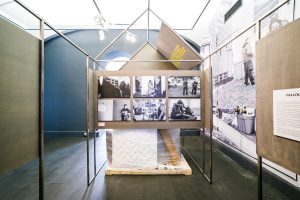
Figure 1. Evicted, view of exhibition: https://www.nbm.org/exhibition/evicted/.
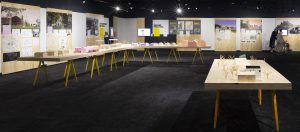
Figure 2. Exhibition photographs by Larry Gawel.
The NEw Attainable House transitions the viewer from the broad underpinnings of eviction, from national and Nebraska-regional perspectives—established by Evicted—to a range of policy and design proposals by six FACT (Fabrication and Construction Team) graduate student teams. These teams were organized by University of Nebraska-Lincoln (UNL) architecture professor Jeff Day and UNL’s Community & Regional Planning graduate students led by professor Frank Ordia. Each collaborated with one of six community nonprofit organizations who provide access to housing to the underserved. Together, they propose public policy changes and design work: a prototype house, a house for a specific site, or a complex of dwellings, all for locations in Omaha and Lincoln. The work reveals that the definition of family is as diverse and open as the neighborhoods they explored. The proposals range from a small but expandable house to a “Big Home” hybrid of single-room occupancy and group housing. As the FACT team writes, “[t]he term ‘affordable housing’ is often conflated with subsidized housing—government support for the very needy—but the problem is broader and therefore we find the term ‘attainable housing’ better.” The exhibit challenges the viewer to consider the spectrum of pathways to attainable housing, such as funding programs, processes for zoning and policy approvals, program implementation, construction labor, and material costs.
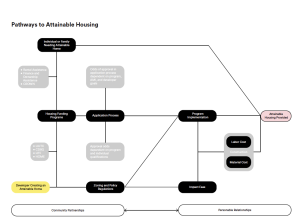
Figure 3. Pathways to Attainable Housing, diagram, in Actual Architecture Co. & FACT, The NEw Attainable House, Actual FACT Book No.3 (Omaha, Nebraska: Actual Architecture Co., 2021), p. 162–3.
At the time of this exhibition, our awareness of racial inequities was brought to the fore by the ongoing Black Lives Matter protests and the social and political impacts of the COVID-19 pandemic on public health. These contemporary challenges are compounded by the real threats of evictions—which are disproportionately experienced by people of color, disabled individuals, the elderly, and veterans. “[S]ystemic racism including discriminatory housing practices, and school re-segregation, gaps in employment and other areas must be addressed to foster social capital, equity and justice,” as the NEw Attainable House show reminds us. The exhibition has a sense of urgency in a time of extreme circumstances and is a call to action to combat housing eviction and assist or alleviate the burdens of those who are most affected.
The exhibition narrows the studies to seven possible design solutions in response to established methodologies of the six nonprofit organizations. The projects fit the missions of the partner organizations and the needs of the specific neighborhoods. The exhibition includes physical models, images, data, and analysis for each project and reveals the challenges of local policies that new approaches to housing would require.
FACT designed the exhibition to create the impression of a work in progress, as if it were a construction site where new forms of housing will emerge. The models are placed on unfinished raw plywood tables, supported on sawhorses. The printed drawings are glued to the plywood surface, in the manner of a building permit mounted to a construction fence or an eviction notice on a shuttered house. The temporal quality of the exhibit gives the viewer a visceral sense of change of one kind or another. The collection of large site models with proposed housing types are connected to images on the wall through the use of color. The bold colors of the house models correspond to the rendered images, helping the viewer connect the models to the drawings, diagrams, and narratives that serve to explain the design proposals. The viewer is guided from model to drawings to the core lessons learned from the collaborative and community-informed-process through the exhibition layout and graphics, designed by MATTER Architectural Practice.
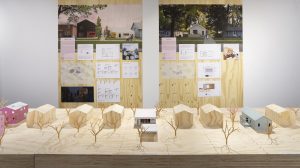
Figure 4. Exhibition photographs by Larry Gawel.
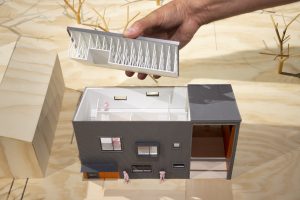
Figure 5. Exhibition photographs by Larry Gawel.

Figure 6. Vi Exhibition photographs by Larry Gawel.
The design leadership behind the exhibition is the distinguished designer and practicing architect Jeff Day, who has developed a deep understanding of the challenges (and perhaps the near impossibility) of making housing “attainable.” This exhibition offers members of the general public the opportunity to grapple with everything from a range of complex statistical data on eviction to designed housing solutions. This is a lot to take in, but diagrams and clarifying statements in the exhibit help the viewer process the complexity of the design problem.
It is clear that the design studio under Day is a unique experience where architecture students have had to navigate a lot of data and techniques. They work with some of the complex ways that housing gets built—through experienced nonprofit organizations, technical zoning and building codes, and via the reconsideration of innovative construction labor and material choices. As an example of the seven investigations exhibited, the “Neighbor-Type” housing proposal shares neighbor testimonials that reveal the user’s perspectives and concerns. These sorts of testimonials can lead to different, innovative outcomes as they do here. Through the mechanism of the Community Land Trust, this is a “missing middle” housing proposal that helps alleviate the burden of rising land values. The exhibited testimonials in focus neighborhoods in Lincoln affirm the value of ownership as a more welcoming and stable situation in which to raise children and build community. Students become more complex problem solvers by designing the structures to fit the dynamics of financing and social relationships, and that is evident in this exhibition.

Figure 7. The NEw Attainable House, p. 125 and 127.
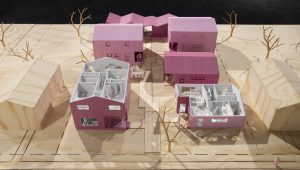
Figure 8. Exhibition photographs by Larry Gawel.
Rethinking how society provides housing for the marginalized is critical to the needs of many now. We’ve seen increased homelessness in this region during the pandemic. While the exhibit can be evaluated on its own merits, as work that illustrates possibilities to a general audience or policymakers, it is the educational experience of the students revealed here that is the most impressive aspect of the show. This effort revealed that students are learning how to effectively work collaboratively with others’ interests and goals in mind, and how to effectively tell a story to the public. Students have grappled with the basic concept that “housing is a human right.” I know that this experience for the student and the exhibition visitor will have a lasting impression. The next step is to build live prototypes and evaluate their ability to serve the homeowner and their community and challenge status quo planning policies. It is exercises like this that make change possible.
Shannon Criss is an architect, professor at the University of Kansas School of Architecture and Design, and cofounder of Dotte Agency, a multidisciplinary design collaborative that enables community engagement processes to create an architecture that serves the greater good. Working with community partners, faculty, and students she develops and delivers design solutions that shape the built environment in order to improve public health. Her writings have appeared in Good Deeds, Good Design: Community Service Through Architecture, Design Build Education in North America, Plan Journal, and All-Inclusive Engagement in Architecture and received national awards including the ACSA Collaborative Practice Award and the IARSCLE Public Scholarship Award. She holds a Bachelor of Architecture from Kansas State University and a Master of Architecture degree from the Harvard Graduate School of Design.
How to Cite This: Criss, Shannon. Review of The NEw Attainable House, curated and designed by Fabrication and Construction Team (FACT), University of Nebraska-Lincoln, College of Architecture, Lincoln, NE, April – December 2021, JAE Online, March 11, 2022.






